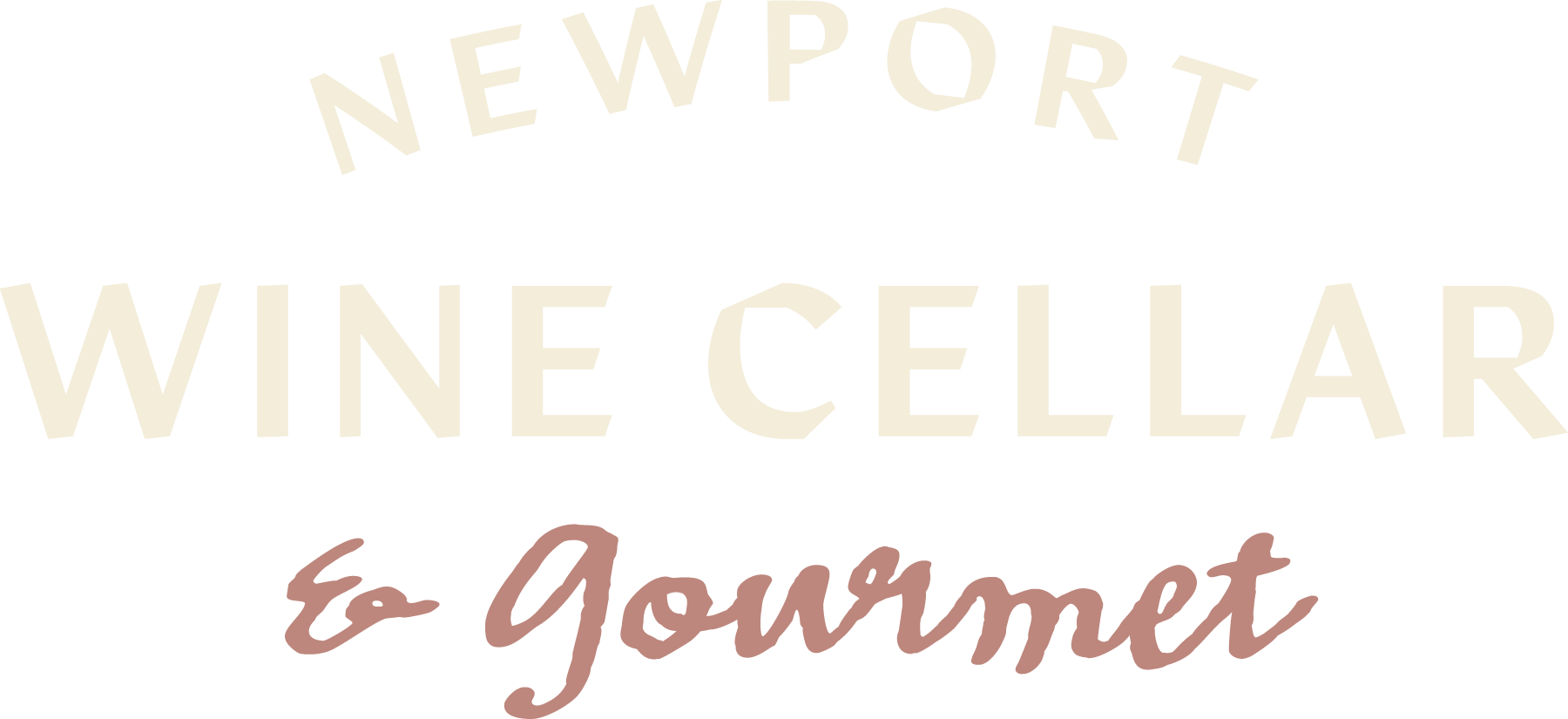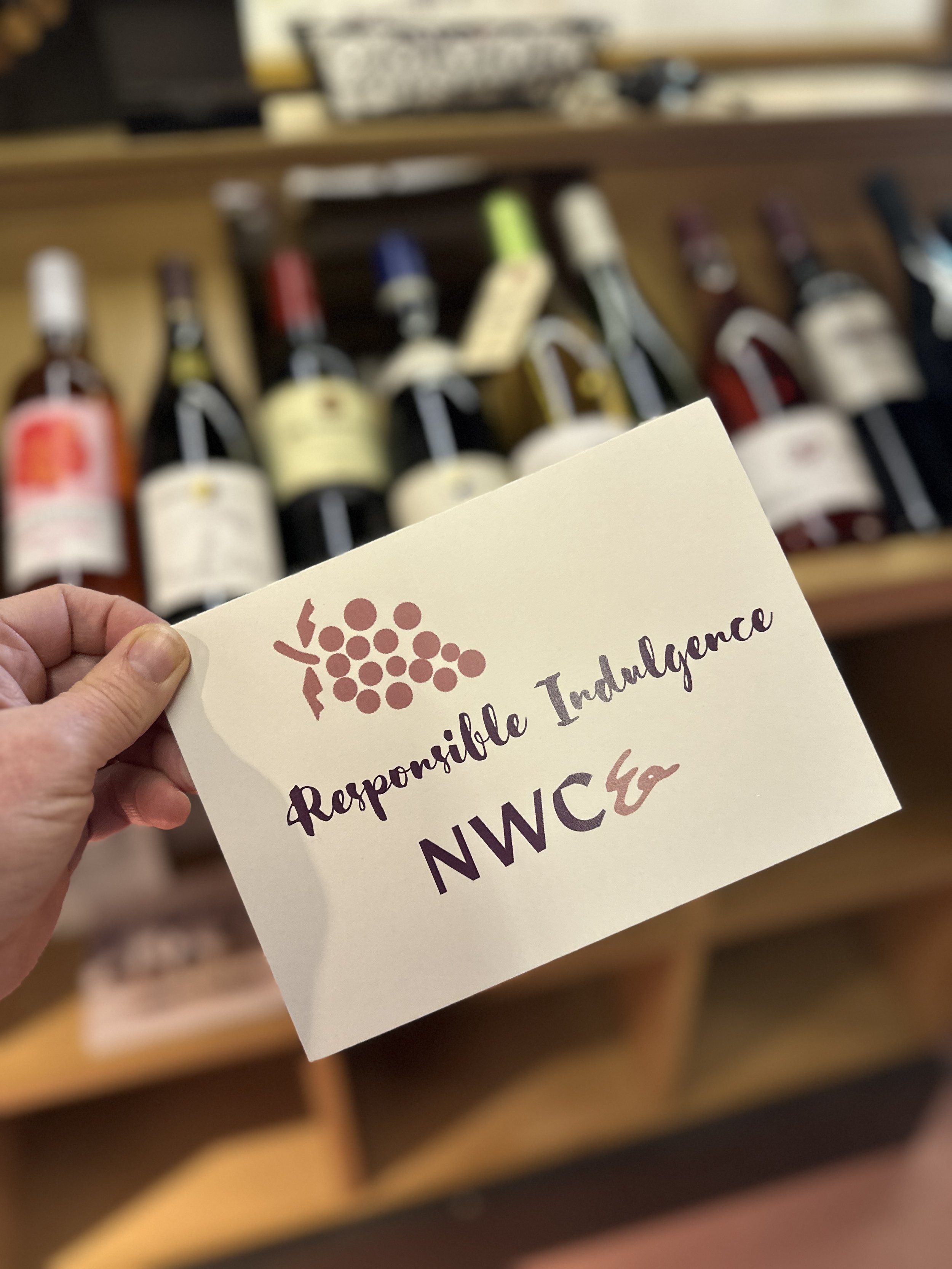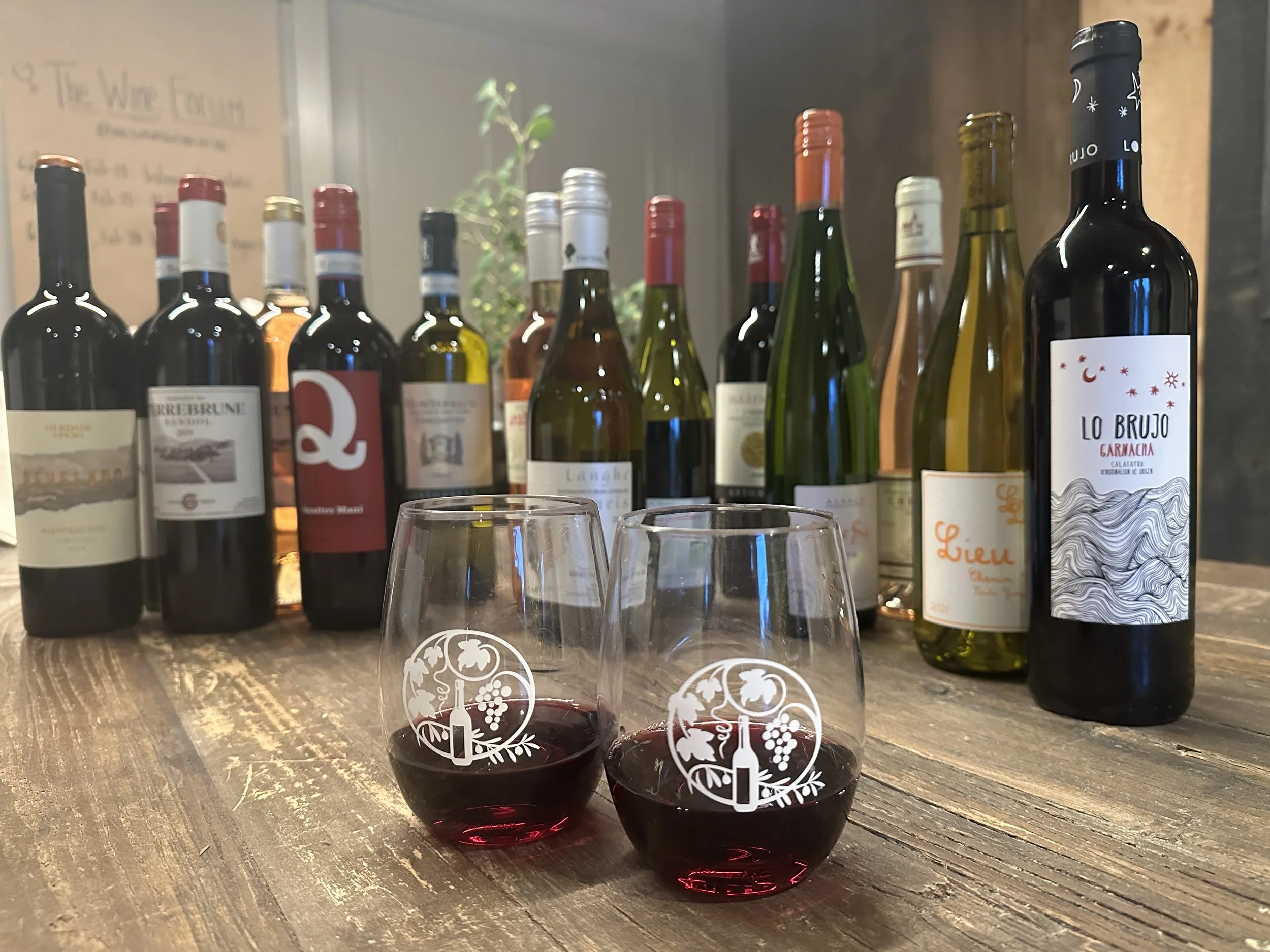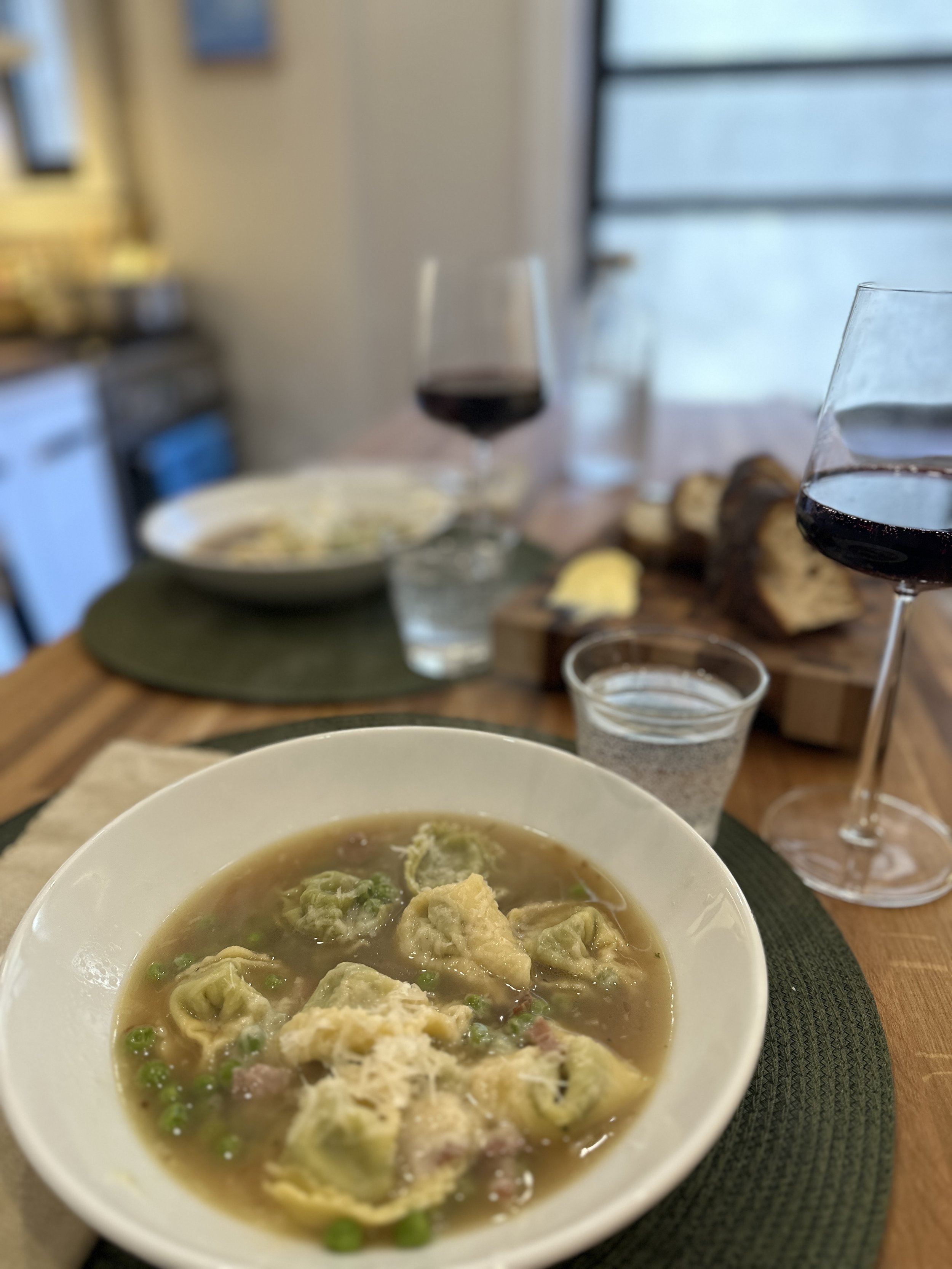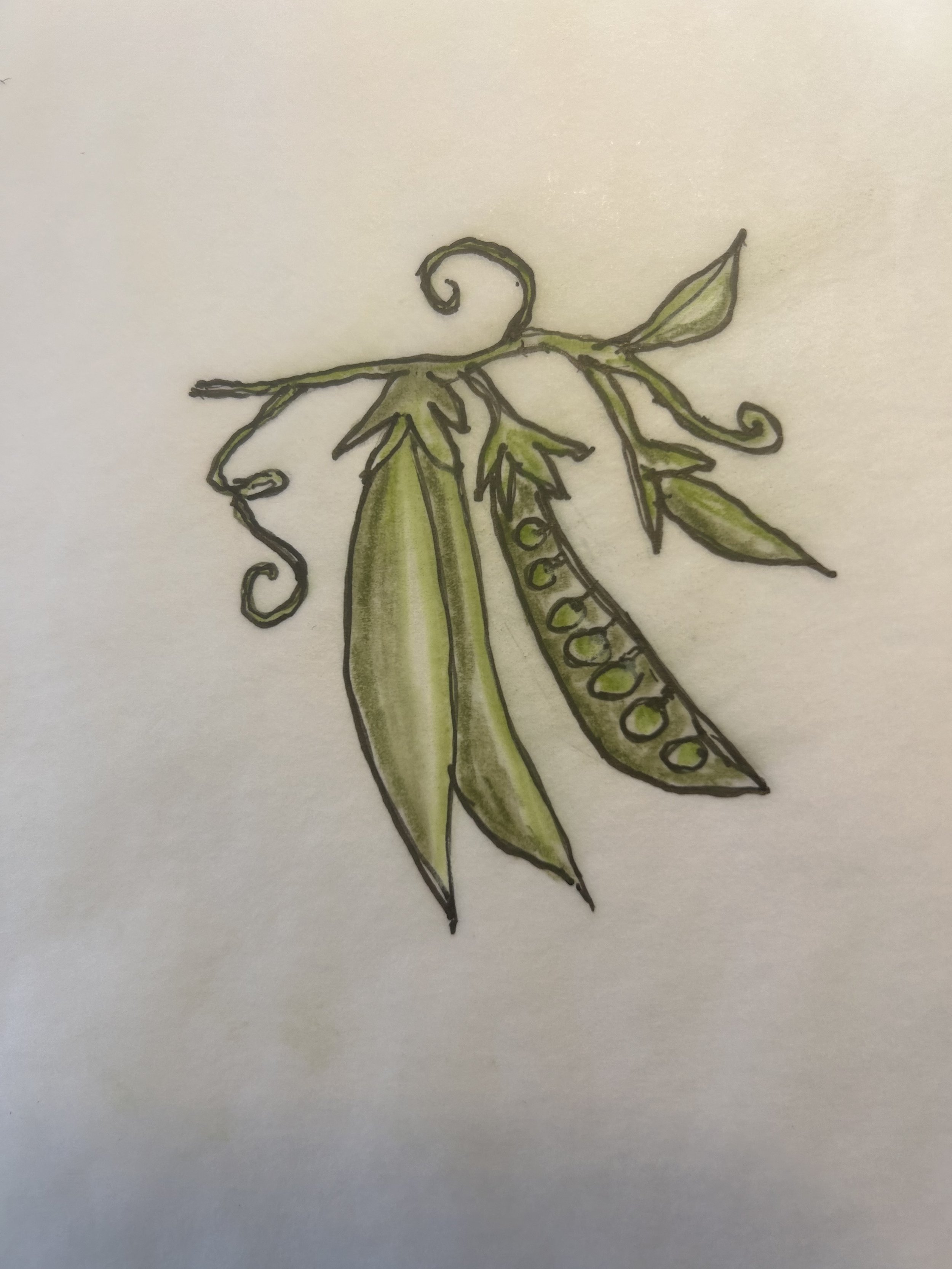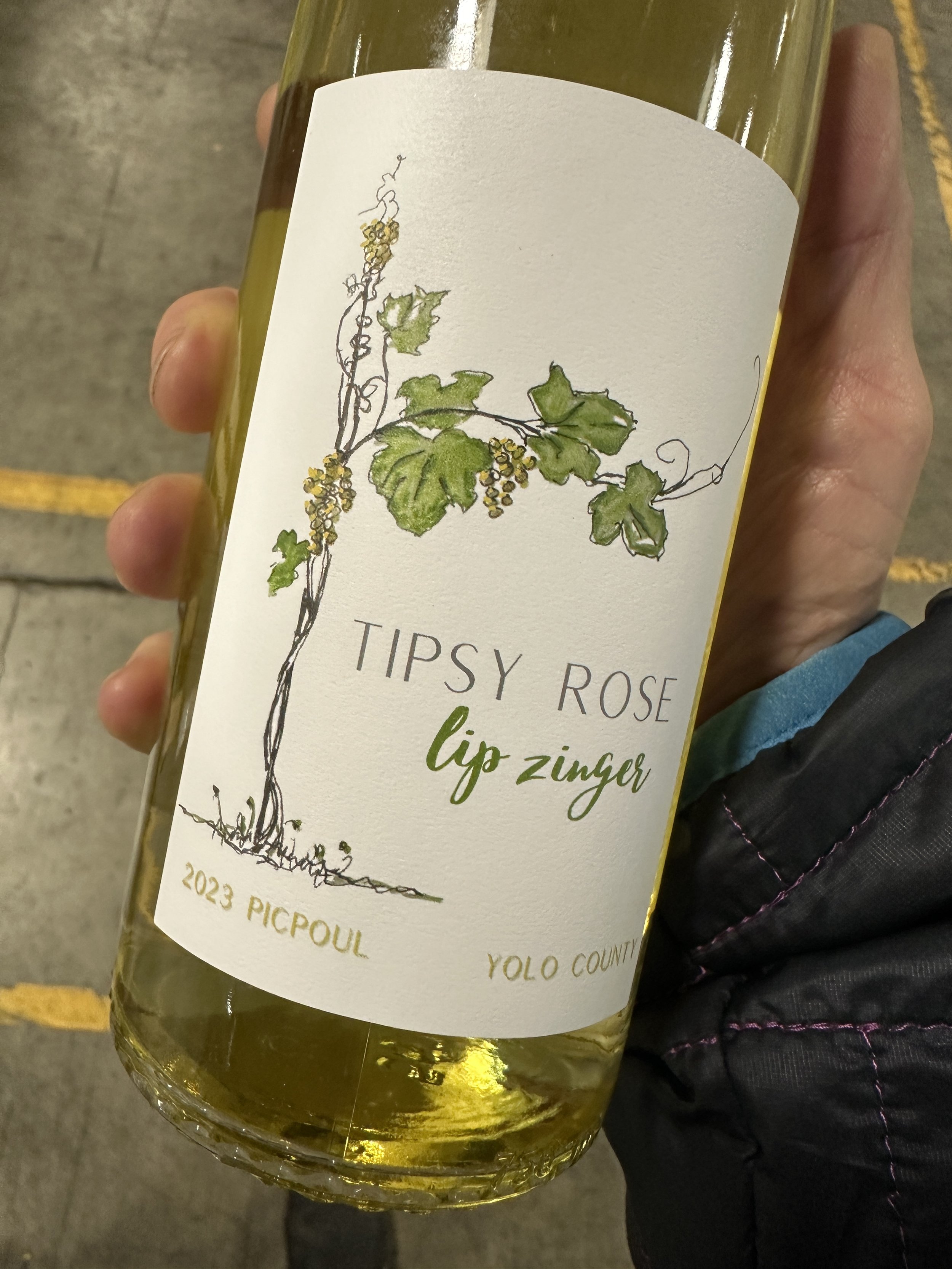March Wine Notes!
March is an inbetweener month, some spring like days give way to temperatures that require a big warm sweater to stave off the chill and dampness. All of that precipitation will help to provide water for the rest of the year, give nourishment to flowers, plants, and vegetables with which to make our lives beautiful and our tables abundant. We must be patient. The wines for the month give both a few lighter options for spring flavors and a few bold wines to wrap up in when we need some warmth. I am curious to hear which are your favorites, so watch for an email that gives you a chance to tell me which ones you love and why! Your answers are more than just satisfying my curiosity, they will help me make selections for the club as we move forward.
Value Wines
2020 Domaine Foretal Beaujolais Village. Gamay from France with a lovely approachable fruity quality balanced by earthiness that bespeaks the forested amphitheater that contains the vineyard. Domaine de Foretal is located in the village of Vauxrenard in the heart of Beaujolais. Jean-Yves Perraud is the fifth generation of winemakers in his family, all have used sustainable and organic practices both in the field and in the winery. This Gamay is hand-harvested and benefits from vines that average 40 years of age, planted in granite soil. I love the ripe red fruit on this wine. It is easy to drink but offers some complex flavors to elevate an inexpensive wine. It has a touch of earth on the nose with more of the same on the palate, even a mushroom quality that is typically reserved for pinots. The acidity and light tannins keep the fruit in check so that this red is a charmer on its own or with an array of lighter dishes light mixed salad with a pomegranate vinaigrette.
2021 Tikves Belo is a new one for me, and I was drawn to it because it bespeaks the briny aroma of our oceans. The wine comes from a larger estate in Macedonia, but still produced with the care for the earth that my ethos seeks. The tension of this wine between floral, fresh, and fruity aromatics makes it both alluring and satisfying. Stone fruits, jasmine flowers, citrus, and grass notes all come together with some Castelvetrano olives. It is great for a cheese board or a fresh salad.
2022 Broadbent Vinho Verde Rosé, Portugal. Bartholomew Broadbent owns this importer, and like many importers, he makes a little wine. He also has a deep and developed love for Portuguese wines which stems from their eminent drinkability, restrained alcohol levels and the balance which makes them versatile enough to pair with all kinds of everyday dining. He is also driven to create a brand that is affordable, and this rosé is a wonderful example of a simple wine that is easy to sip and even easier on the wallet. It is pressed juice from all red grapes. That’s right direct to press at a modest mid teen price point. I like its fruit aromatics and berries on the front palate. It has a touch of spritz which comes from the acidity for which Vinho Verde has gained its reputation for refreshing. Vinho Verde is a place, in Portugal, where many different grapes are grown, but the wines are universally very refreshing and ripe with loads of acidity. It is a wonderful wine for stir fry, or pan seared salmon.
2021 Vaeni Xinomavro "Naoussa" comes to us from a small wine region within Greece that has been family owned for many generations. This wine region was first recognized in Greece in 1971 with the PDO Naoussa designation, but the region has been producing wines much longer than that! The designation is reserved for wines that are produced from select Xinomavro grapes, grown in a very specific way and with a specific yield in the approved-growing Naoussa zone, all according to the traditional Naoussa methods. They are steeped in tradition. The wine is ripe, plump and intense. You will note the oak on the nose with a cedar note that blends with the ripe berry and to give the wine a juniper berry note that is reminiscent of Cab Franc for me. There is a a swirling storm of complex aromatics from floral, to red fruits, berries cherries, cedar, tar, and smoke. This is a wine that will pair with that grilled cheese sandwich like a charmer, but it would make a lamb chop get up and dance!
2016 Martinez Alesanco Crianza is not a new wine to the club or my store, on the contrary, it is a perennial favorite. This new release should be your house wine. It is Tempranillo, 100%, from Rioja, dark and brooding in color, and after 1-2 years in oak, it is intense. Red and blue fruit, tomato paste, vanilla, dried herbs, cocoa, clove, and licorice. Rioja is wow factor wine, and Martinez Alesanco is no exception. There is still a freshness to the wine, so fear not, you can enjoy it with food. It likes tomato, spice, and rich fatty dishes. Slow cook come meat if you have time or get a pepperoni pizza and just chill out!
2021 Tourelles Bekaa White is a blend of four grapes-- Viognier, Chardonnay, Obeidi, Muscat, which results in an aromatic wine. If you wonder about what that means, open this wine, pour it in your glass, swirl, and inhale deeply through your nose. You won’t wonder again. I like aromatic whites a lot. These are all grapes that would qualify as “aromatic,” meaning only that they give off more natural aroma than other grapes. It doesn’t always mean that the wine is also more full-bodied, but in this case it is. Loads of flavor, too, like toasted almond, honey, stone fruits, some tropical fruit flavors, too! It is a cool wine, delicious with roasted salmon on raw or sautéed kale, use a nice pomegranate molasses on that and it will stand up to that, too.
Select Wines
2019 Grandchamp Bordeaux, Merlot & Cabernet Franc from Montagne Saint Emillion. I am surprised by the fact that Bordeaux is quietly returning to the conversation. Yes, plenty of light bodied reds are still selling, but now I am being asked for Bordeaux again, as well as a wide variety of more full-bodied, intense reds. Curious, and admittedly also enjoying a glass of red more frequently, I am open to change. This Bordeaux blend is more Merlot, 90% in fact, so soft, rounded fruit of Merlot with all its vibrant flavor (can you tell I am a fan?) balanced with Cabernet Franc intensity, dark fruit, brambly flavors, earth and tobacco, smoke, and licorice. This wine wants steak frites to pair up with, but a burger would do the trick, too.
2022 Chateau Mourgues du Gres Costieres de Nimes Blanc is another example of a lesser-known region given a fresh life by passionate wine makers with the goal of making honest wines that represent a place. In 1993 after many generations of providing grapes for the coop, Francois Collard decided to start producing his own wines under his own label. The wine has received numerous accolades, and rightfully so. Francois is joined by his wife Anne, and they work organically and believe in biodiversity, and together they work their vineyard with meticulous care for nature and their vines. This cuvee is a blend with majority Grenache Blanc 75%, which gives the lush texture and flavors like pear, honeysuckle and brioche, blended with a little Rousanne 20% and Viognier 5%, both of which give complexity, acidity, and aromatics both floral and fruity. One of neutral oak gives the wine depth and enhances that brioche character. Perfectly executed, this is one I will emulate! This is a show stopper for me, and I would like a simple dish so the wine can shine. I may just roast a chicken for this one and some sautéed greens. Don’t forget that crusty loaf!
2022 Borell-Diehl Saint Laurent Rosé, Saint Laurent comes to us from a family owned and operated estate adorned with a timbered home bult in 1619 in Pfalz , Germany, where Annette Borell and Thomas Diehl fused their families and began making wine together. They have a unique soil combination of loess, limestone, and red sandstone with limestone deposits, which results in powerful wines of great intensity. This rosé is bright and delightful with all the power that the region promises. It also has some subtle, compelling flavors of cherry and melon, vivid acidity that provides a wonderful tension with the fruit. I suggest egg dishes, lighter meats, and a little spice for this dark, dry, wonderful rosé.
2020 Bitouzet-Prieur Passetoutgrains is back in our club because the new vintage is as irresistible as the last. Often disregarded as an inferior wine, Passetoutgrains has come into its own. Bitouzet’s version is classic in style and elegant in expression. 7-% Pinot Noir and 30% Gamay from the Grande le Duc vineyard adjacent to Volnay. The vines are from 50 year old plus wines, and the complexity of the wine reflects that maturity. It is a juicy red, as one would expect from these two grapes, but it is balanced with earthy character, mushrooms and earth, texture from neutral oak aging. You can enjoy this one on its own, and I suggest you have a glass that way first before introducing food. Then, I suggest regional pairings. Francois is classic in his approach to wine making, so think about coq au vin, beef or mushroom bourguignon, and the like.
2020 De Martino Carménère will satisfy those of you seeking a bit of warmth and bigger flavor this month. Carménère originated in France, but later found its home in Chile where it truly shines. It is a fruity, full bodied, dark red with medium tannin and high acidity. Yes, that is a balanced wine, no doubt, and this one gives us that same balance with both red and blue fruits, some green pepper, cocoa powder and a little heat that is smoky like a paprika. I want to make a hearty bean stew for this one and get comfortable!
2021 Trefethen Riesling is a DRY Riesling, and I emphasize that because all too often people presume that all Riesling is the same. Most often that description is cloyingly and unpleasantly sweet. First, that preconceived notion needs to be replaced with a knowledge of beautiful wines like this Trefethen Riesling that is dry, fruity, fresh, and delicious with white peach and papaya, apricot layered with orange blossom and wet stone. It is fermented dry intentionally and the result is a versatile food friendly wine that pairs really well with those roasted vegetables that we are enjoying this time of year. It is also great with Sushi, Indian spices, egg dishes, and spicey cuisines. Trust me!
Collector Wines—Burgundy!
2020 Chateau de Garnerot 1er Cru Mercurey is a relatively new project by Caroline Fyot and Alexia Russo in the village of Mercurey. These two woman decided to leave corporate jobs behind to pursue a shared love of wine, and they invested in a beautiful domaine in Mercurey in the Cote Chalonnaise where they are making classic Pinot Noir and Chardonnay. This cuvee is 100 % Pinot Noir, not surprising, and it bespeaks the quality of Mercurey, which for this wine drinker is a deeper expression of Pinot, if a bit wilder or rustic, or at the very least a bit more chewy. The cherry flavors typical of this grape from this region are a mix for me of dark, fresh, black cherry, and a tart, dry cherry, and the texture coats the mouth with abundant ripe fruit followed by a satisfying earthy, minerality, and just enough acidity to cleanse the palate. I may do the work to make a caramelized leek tart for this one. It deserves my time.
2022 Cheveau Pouilly Fuisse "Aux Combes" is made in the hamlet of Solutré-Pouilly in the heart of Pouilly-Fuissé. Their soils are classic composition of clay and limestone, and the wines refelct that terroir. Now run by brothers Nicholas and Julien, Cheveau has been in the family since inception in 1950. The brothers are dedicated to growing and producing elegant and classic Chardonnay.
From Rosenthal, “Pouilly-Fuissé “Aux Combes” formerly constituted half of the “Trois Terroirs” cuveé, which is no longer in production beginning with the 2020 vintage. The vineyard borders “Vers Cras” (newly upgraded to Premier Cru) in the commune of Solutré-Pouilly—with an exposition that consistently fares very well in today's warm summers. Nicolas employed a single 40-hectoliter foudre (2013 origin) in the raising of this 2020 “Aux Combes,” and the wine shows all the clarity and mineral precision we've come to expect and cherish in this domaine's wines.”
All work is done by hand, fermentation in neutral oak barrel, which gives Chardonnay just enough oxygen to develop its aromatics and flavors of apple, brioche, citrus (curd and zest), and yes a little creaminess, too. All of whihc comes together in this spectacular white that would pair well with your spring table, handling the vegetables with its acidity and minerality and roasted fish or light meats with all of its abundant fruit.
I hope there is something in these selections that inspries you to eat, drink, and think.
Cheers, Maria
